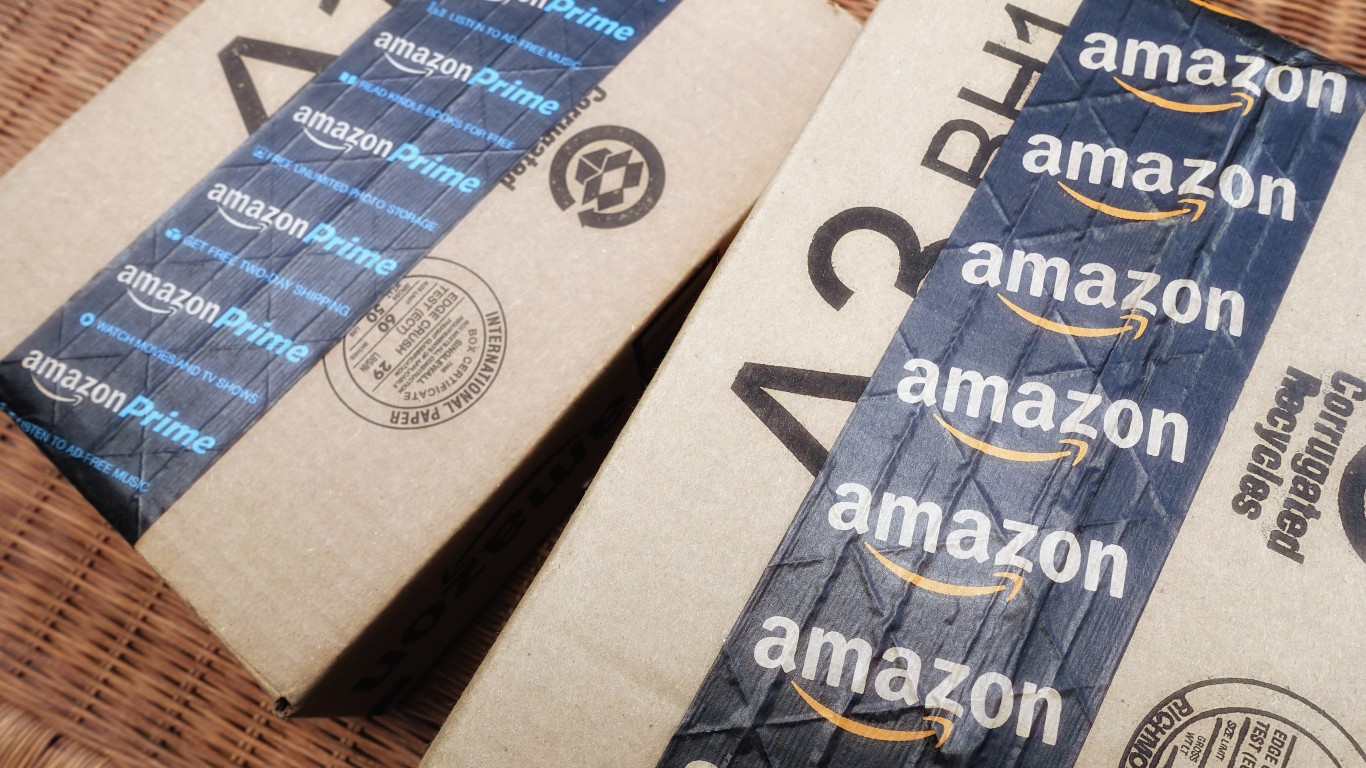
Before markets open Friday morning, U.S. oil and gas giants Exxon Mobil Corp. (NYSE: XOM) and Chevron Corp. (NYSE: CVX) will report second-quarter results. Expectations are low, and the only question will be whether they’re low enough.
Crude oil fell below $40 a barrel in Thursday morning trading, following the weak earnings report from Royal Dutch Shell PLC (NYSE: RDS-A). Shell took an impairment charge of some $22 billion in the quarter, twice the size of the impairment Chevron took in the fourth quarter of last year. Exxon, however, has resisted writing down any assets.
A significant write-down of its assets due to low oil and natural gas prices could really hit Exxon’s shares hard. The stock already trades 44% below its 52-week high. The bigger danger for Exxon could be its rich 7.9% dividend yield, which is being propped up by a sliding share price. If the company cuts its dividend, investors could race for the exits.
Analysts have estimated Exxon’s second-quarter adjusted loss per share at $0.62 on revenue of $38.2 billion. In the same period a year ago, Exxon reported earnings per share (EPS) of $0.61 and revenue of $69.1 billion. Over the past 90 days, the estimated loss per share has increased by about 10%.
In the first quarter, Exxon took a noncash impairment charge of $2.9 billion related to inventory valuation effects from lower commodity prices and asset impairments. That’s really not enough to account for a decline in crude prices that devalues all of Exxon’s proved and risked reserves.
Excluding the impairment charge and other one-time items, Exxon posted EPS of $0.53 in the first quarter. In its outlook for the second quarter, the company said the COVID-19 pandemic would reduce daily production by about 400,000 barrels of oil equivalent and reduced natural gas demand in Europe would reduce production by another 100,000 barrels of oil equivalent per day. Refining margins were expected to continue declining, and 30% of refining capacity could be idled. The company has not modified those estimates.
Chevron is expected to post a second-quarter loss per share of $0.92 on revenue of $22.1 billion. In the second quarter of 2019, the company reported EPS of $1.77 and revenue of $38.9 billion. First-quarter 2020 results came in at EPS of $1.93 on total revenue of $29.7 billion. Excluding one-time items, Chevron’s first-quarter EPS totaled $1.29.
Ten days ago, Chevron agreed to acquire Noble Energy Inc. (NYSE: NBL) in an all-stock deal valued at $5 billion. The acquisition was a sound one. Chevron said it would boost its proved oil and gas reserves by 18% at an average cost of less than $5 per barrel of oil equivalent and that the acquisition adds almost 7 billion barrels of risked reserves at less than $1.50 per barrel.
A price of around $8 a barrel is typical for an acquisition of proved barrels. Perhaps an even more impressive part of the deal is that no cash is involved. Chevron can, in effect, print its own money to buy Noble and spread the cost out among all its shareholders.
While that sometimes irritates stockholders, in this case Chevron paid it forward by boosting its dividend by more than 8% in January. At the time the deal for Noble was announced, Chevron was paying just under 8% as a premium for the smaller company.
Just before noon Thursday, Exxon stock was down about 4.2%, at $42.18 in a 52-week range of $30.11 to $75.18. Shares traded at about 78% below their 52-week high and just over 12% of the consensus 12-month price target of $47.38.
Chevron stock traded down about 3.9%, at $86.53 in a 52-week range of $51.60 to $125.27 and with a price target of $100.71. Shares traded about 43% below their 52-week high and 16% below the price target.
Thank you for reading! Have some feedback for us?
Contact the 24/7 Wall St. editorial team.
 24/7 Wall St.
24/7 Wall St.



